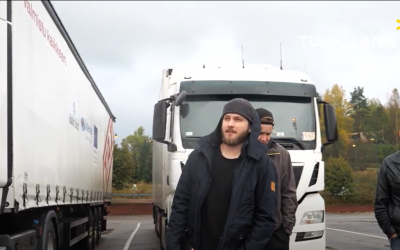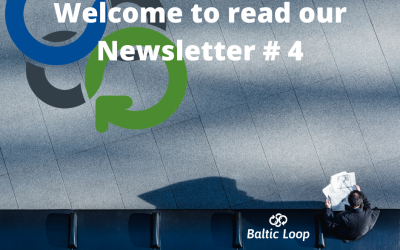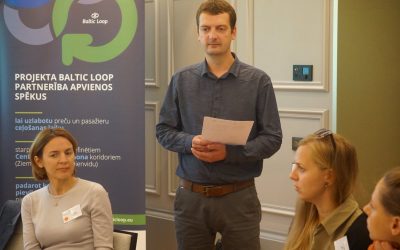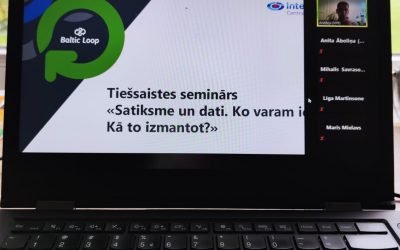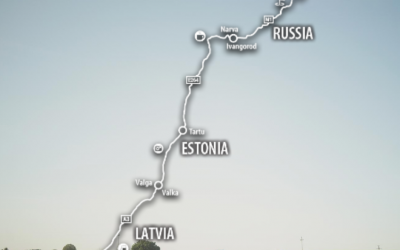NEWS
Find out our plans.
Field survey in Finland to determine the Road E-18 delays and bottlenecks
Purpose and route The Finnish partners, who are also the project's Lead partner, have chosen to use a research method to validate the results, which would allow them to ascertain the conclusions expressed and summarized after interviews with stakeholders. A field...
STAY UP TO DATE with the latest news: Newsletter #4
You are welcome to get acquainted with the latest Newsletter issued by the Baltic Loop project. Find the Newsletter (.pdf, 4.13MB) >> HERE<< . This time we invite you to read about the outcomes of the survey in three transport corridors. Qualitative data from...
Stakeholders in Latvia develop SWOT analysis to reduce traffic bottlenecks and hindrances
On September 22, a valuable working session took place in Riga within the framework of the international project Baltic Loop. Discussion participants from state and municipal institutions, Riga planning region and industry experts created a SWOT analysis on how to...
The online seminar raises the question of the importance of data for transport development
On September 15, Vidzeme Planning Region organized an online seminar “TRAFFIC AND DATA. What can we get? How to use it?" to update the importance of data in the development of the transport sector, as well as to outline how it is practically possible to obtain data,...
A vision for the spatial development perspective of the Via Hanseatica tourism and transport corridor will be developed in Vidzeme
By the end of 2020, a vision for the development of the Via Hanseatica tourism and transport corridor 2030 will be developed in the Vidzeme planning region. The expected result is a spatial development planning document that would help to improve the flow of...
Field surveys of transport bottlenecks in transport corridors: tackling of bottlenecks
Bottlenecks in the northern transport corridor (E-18; form Turku/Naantali to Vaalimaa, Russian border) have been identified through surveys, workshops and interviews. The purpose was to observe the obstacles and nodes of the transport and to find out what time it...

